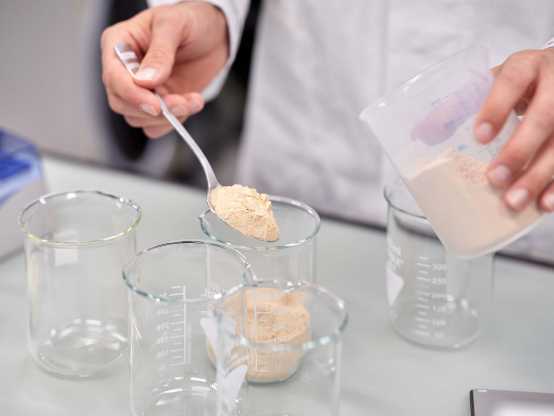Severin Eder and Lukas Böcker, two researchers from Swiss university ETH Zurich, are developing microalgae-based prawns to address the sustainability issues faced by the fishing industry.
The pair met during their doctoral studies at the university, where Eder was working on ways to use waste in the food industry and Böcker was investigating the use of microalgae in food production. They saw the potential to combine these fields of research to develop seafood alternatives.
Pioneer Fellowship
In search of funding, the researchers applied for one of ETH’s Pioneer Fellowships, which would grant them 150,000 Swiss francs of seed capital along with coaching. They were successful, and began work in an ETH lab headed by Professor Alexander Mathys.

To make the plant-based prawns, Eder and Böcker are combining microalgae with plant proteins from soy and peas, then using an extrusion process to shape the result. The aim is to develop products that not only taste like seafood, but are also nutritionally equivalent.
Microalgae in alt-protein
Microalgae contain as much as 70% protein, while also being rich in other nutrients. As a result, a growing number of companies are using them to make alt-protein products — not just seafood alternatives, but also burgers, cheese, sports foods, and more.
For the ETH researchers, there is still considerable work to be done before their products can be commercialised. The texture of the prawns is currently too gummy, so they are working on making it more authentic, with the aim of getting all the properties right by the end of the year.
“With the technology and the platform we’ve developed, we’ll achieve not only an authentic taste and texture with a microalgae-based product but also the nutritional qualities you get with fish and seafood,” said Eder, quoted on the ETH website.





